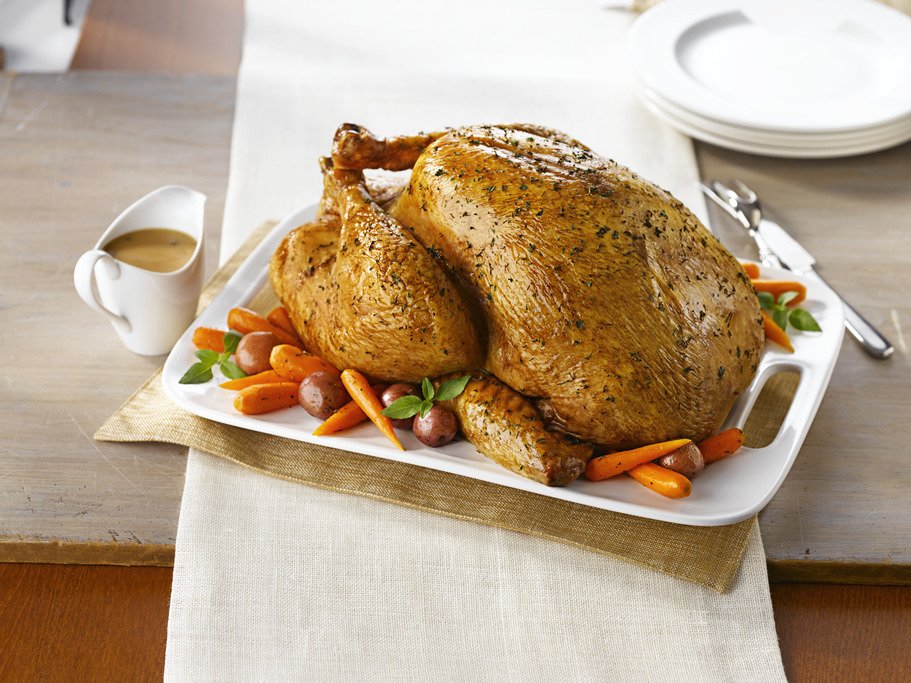Ingredients aren’t the only thing that add flavour to a dish—the cooking technique you choose can add layers of flavour to your food. Master these 3 techniques and you’ll be cooking like a 5-star chef at home in no time.
Step 1: Dare to Deglaze
After browning meat—steak, chicken, pork chops or fish—in a frying pan, remove it and return the pan to the burner. Pour a liquid—wine, beer, stock, juice or vinegar—into the hot pan. As it evaporates, scrape the pan to loosen the bits of flavour that were stuck to the pan after browning.
The browned bits left on the bottom of the pan after searing the meat is called “fond,” which is French for “foundation”—it’s the flavour base for sauces.
Step 2: Flash-in-a-Pan Sauce
After deglazing and loosening the fond, add additional stock or broth to the pan. Simmer until the liquid is reduced by half and thickened slightly, then finish the sauce by swirling in a 2 to 3 tbsp. of cold butter or heavy cream to thicken further. Finally, add chopped fresh herbs, caramelized onions, roasted peppers, or roasted garlic for flavour. Season with salt and pepper before serving.
Reducing the additional stock or broth will help concentrate and intensify the sauce’s flavour.
Step 3: Perks to Pan-Roasting
Pan-roasting is the most forgiving way to cook small steaks, chicken breasts, pork roasts or fish fillets. To pan-roast, first preheat the oven to 400°F. Heat an ovenproof sauté pan over high. Drizzle in 2 tbsp. of oil, place seasoned meat or fish in the pan, and brown well on one sides. After browning, turn the meat over and transfer the pan to oven. Roast the meat until desired doneness. Take the pan out of the oven and transfer the meat to a platter. Return the pan to a burner and make a pan sauce as instructed above. Avoid moving the meat in the pan too much—prolonged contact with the surface of the pan will give you the best browning and terrific fond to make a pan sauce.

